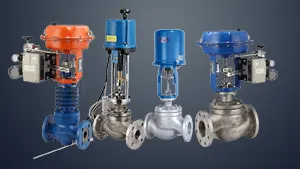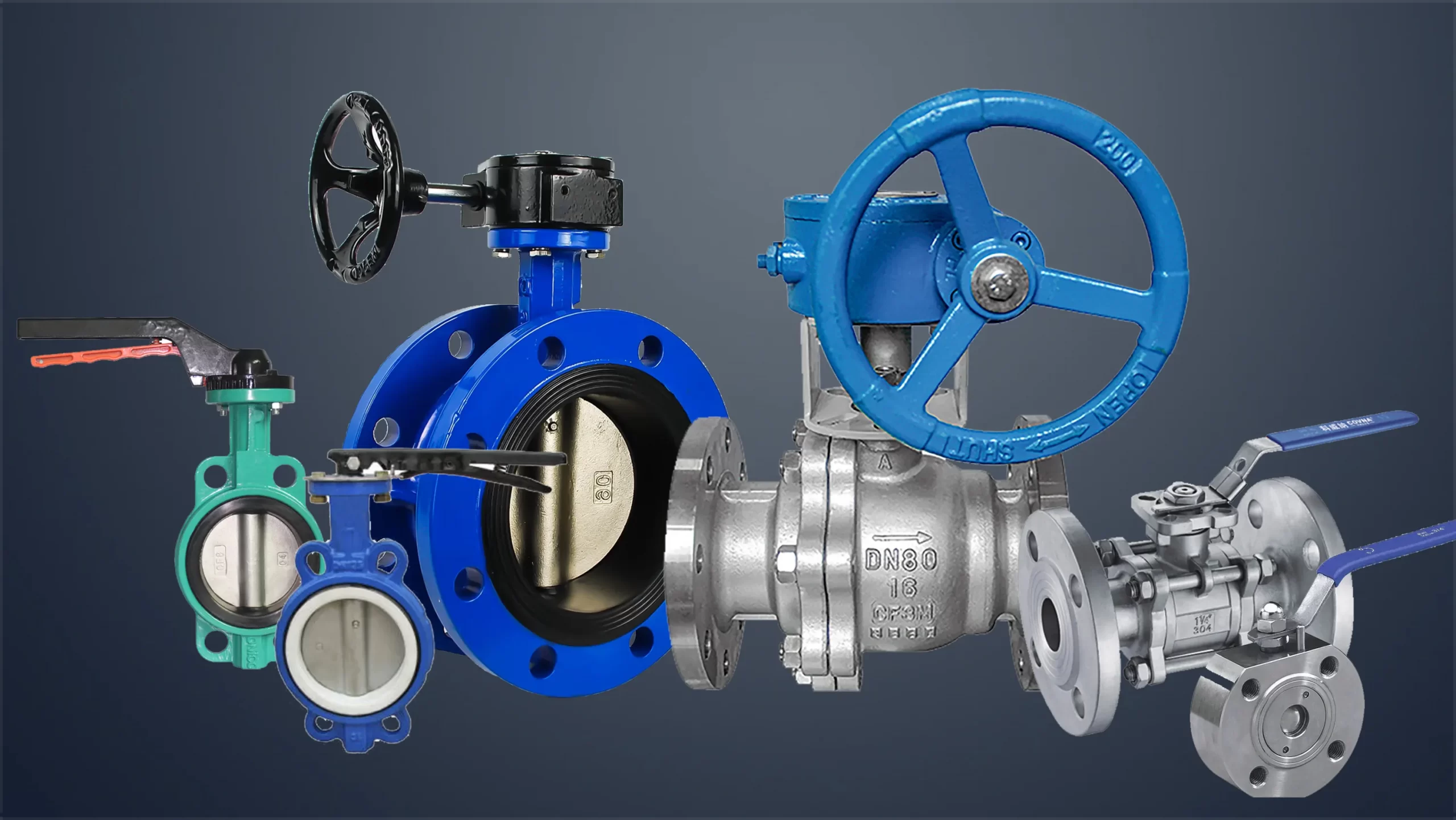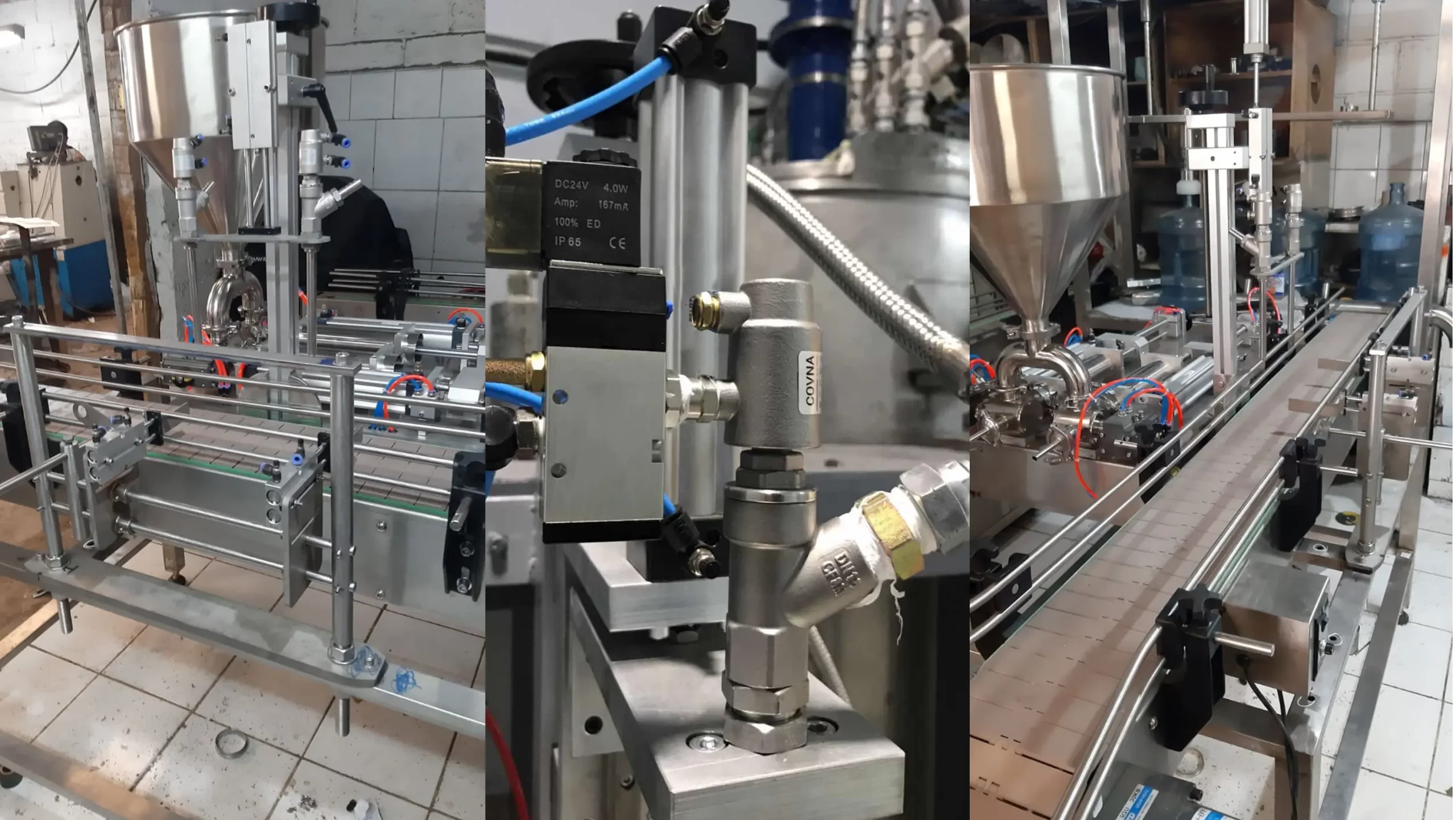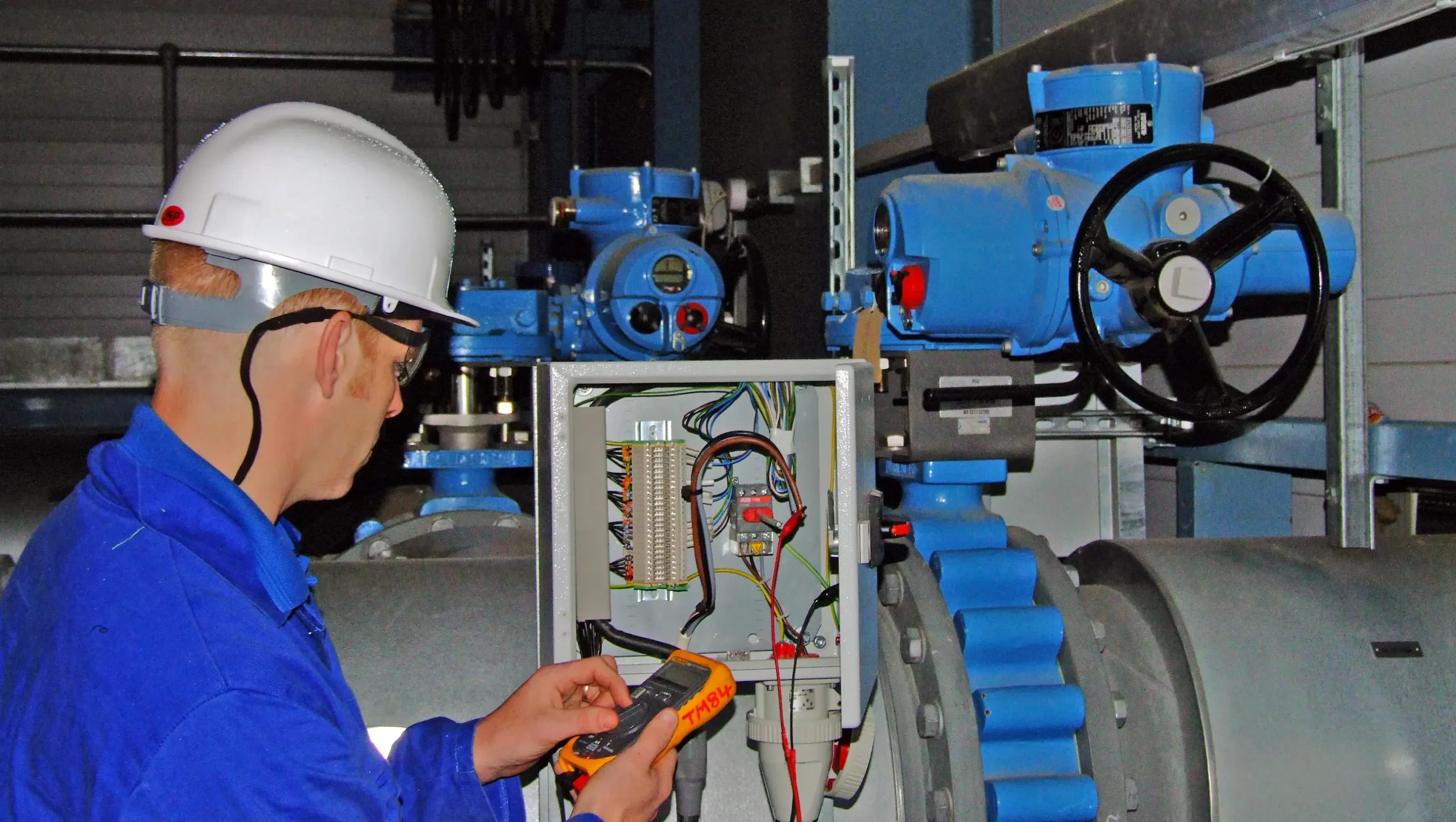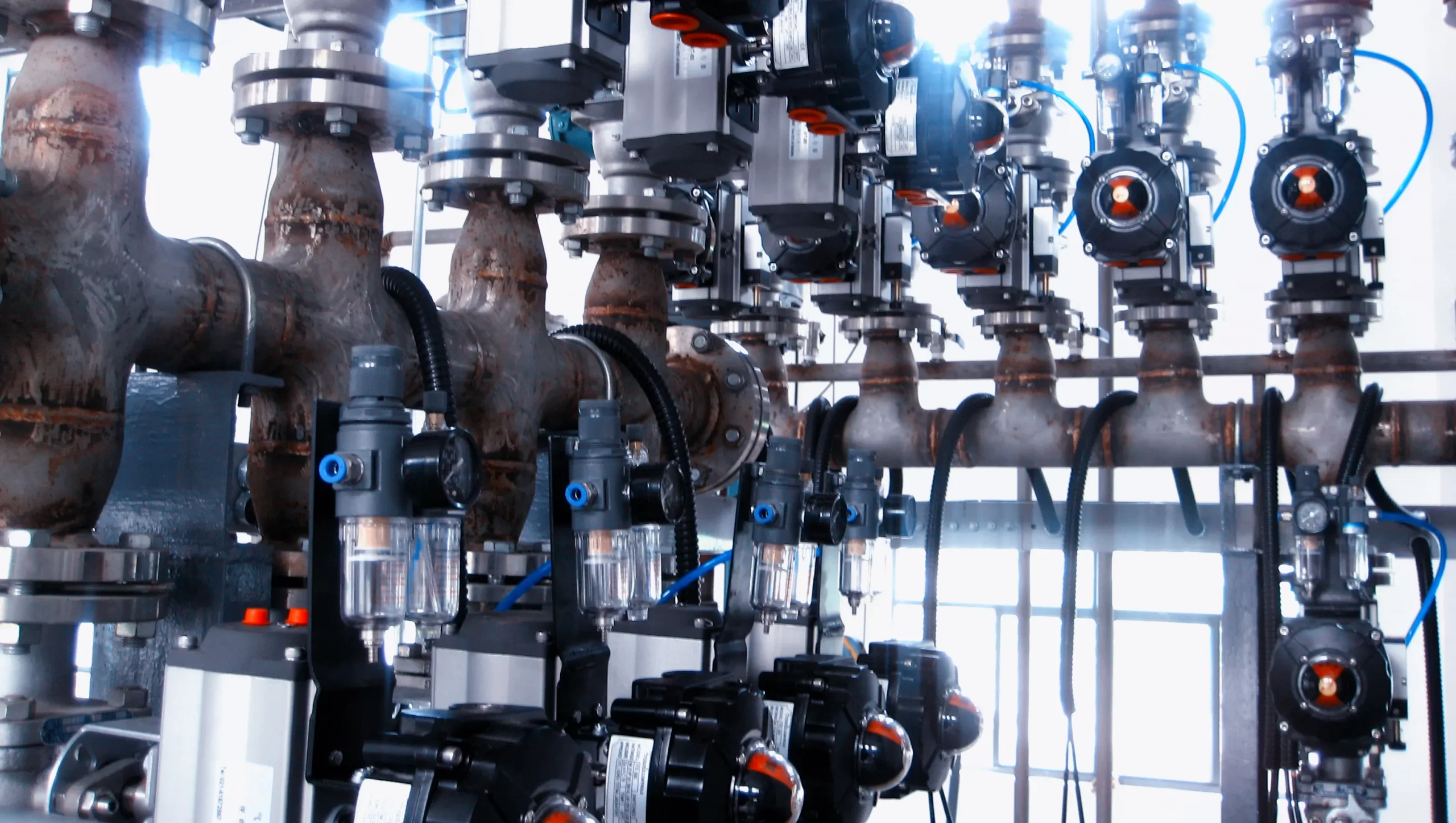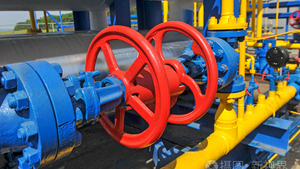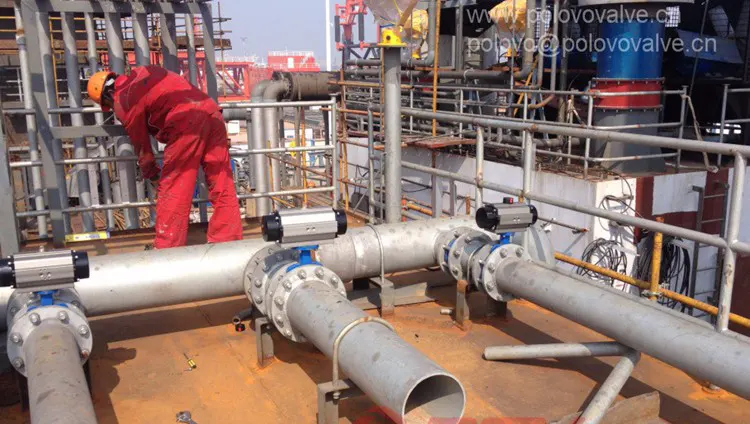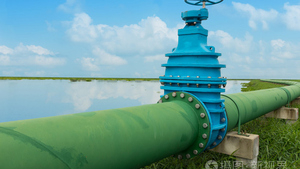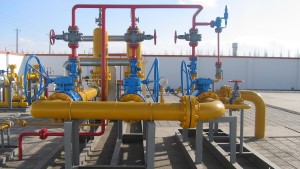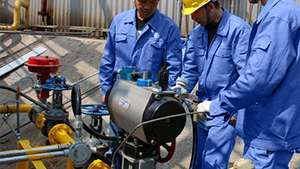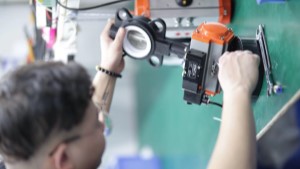Whenever a gas or liquid is used as a working fluid for a machine, it is transported under pressure, regardless of its size. Sometimes the pressure in these systems and interconnecting pipes can be so large that a rupture can cause catastrophic damage or even death. This was the main cause of the failure of steam operating systems (such as large boilers) in the 19th century. In order to regulate the pressure in the system and in the pipe, equipment must be introduced to automatically reduce the pressure by allowing the working fluid in the system to escape when the system reaches its critical limit.

More about Safety Valve
The safety valve and the relief valve are two types of equipment that fall into the pressure relief valve (PRV) category and are operated on the basis of the use of static inlet pressure to drive the equipment.
When the critical pressure is reached, the pressure relief valve, which is controlled by the inlet static pressure, opens completely. This is what we called “THE SAFETY VALVE”. The opening of the valve is accompanied by a popping sound caused by a sudden opening, which is a feature of this type of valve.
Safety Valves are commonly used in systems that use compressible gases, such as steam and air, as working fluids. When connected to a pressurized system (such as a boiler), static pressure within the system presses the valve against the spring-loaded mechanism. When internal pressure exceeds the critical value, the disc is separated from the seat, exposing the pressure to a larger surface area of the disc. This larger area results in a larger force applied to the spring mechanism, and as a result, the valve is fully open.
The valve on the pressure cooker is an example of a safety valve.
More about Relief Valve
The pressure relief valve used in a liquid system with the same function as the safety valve is called the RELIEF VALVE. Its primary function is to control or limit the internal pressure of the system or container and prevent the system from reaching the critical limit due to abnormal process, instrument or equipment failure or fire. In contrast to the Safety Valve, the relief valve opens gradually.
Relief valves are used in low capacity systems and low-thermal load systems. They can also be applied in pump systems.
What’s the difference between a safety valve and a relief valve?
Safety Valves are used in gas systems while relief valves are used in liquid systems.
The safety valve opens with a typical popping sound, while the relief valve opens gradually.
Source: www.differencebetween.com
Tags: Relief Valve, safety relief valve, Safety Valve
--- END ---




